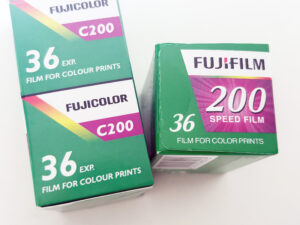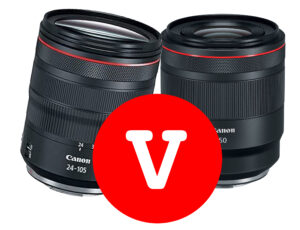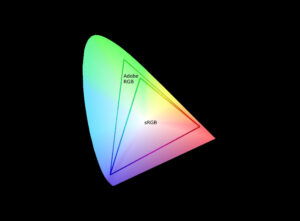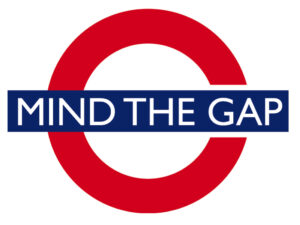From the moment Harry Potter and the Philosopher’s Stone hit bookstores in 1997, the boy wizard captured the imagination of millions around the world. The live-action Harry Potter films, released between 2001 and 2011, became a pop culture juggernaut, grossing over $7.7 billion at the global box office. Yet, despite the franchise’s monumental success and deep catalogue of stories, one format has remained notably absent: a Harry Potter cartoon series.
In this blog post, we’ll explore why a Harry Potter cartoon was never made, how it might have changed the franchise’s trajectory, and why the time might now be right for it to finally happen.
1. J.K. Rowling’s Creative Control
One of the most significant factors behind the absence of a Harry Potter cartoon is the tight creative control J.K. Rowling has always maintained over her intellectual property.
In the early 2000s, Rowling was vocal about her desire to protect the integrity of her story. She was heavily involved in the film adaptation process, retaining the right to approve scripts, characters, and even casting decisions. While Warner Bros. might have seen commercial opportunity in an animated spin-off, Rowling’s reluctance to fragment her story or adapt it into something lighter or less serious likely prevented any cartoon from materialising.
An animated series may have been seen as too frivolous, too risky, or simply too far removed from the world she envisioned.
2. Focus on Prestige and Cinematic Storytelling
Warner Bros. made a strategic decision to position Harry Potter as a prestige, live-action franchise, aligning it with blockbuster epics like The Lord of the Rings. The films were seen not just as adaptations of beloved books but as cultural events—each premiere was global news.
Introducing an animated series—especially one airing on television rather than in theatres—might have risked diluting that prestige. During the 2000s, cartoons were still viewed by many studios as kid-only content, whereas the Harry Potter brand was carefully cultivated to appeal to readers and viewers of all ages.
A cartoon could have clashed with the “coming-of-age” narrative that matured along with its audience.
3. Merchandising and Theme Parks Took Priority
Instead of investing in a cartoon series, Warner Bros. and its partners turned their attention to merchandising and experiential branding.
From the Warner Bros. Studio Tour in London to the sprawling Wizarding World of Harry Potter attractions at Universal Studios, the focus was on real-world immersion. These experiences promised fans the chance to live in the world of Hogwarts—not just watch it.
Launching a cartoon series might have introduced tonal inconsistencies or brand fatigue at a time when every effort was focused on solidifying the franchise’s status as a premium IP.
4. The Risk of Devaluation and Overexposure
Part of what made Harry Potter special was its event-driven scarcity. Each book and film was a carefully-timed release, met with global fanfare. Introducing a weekly or ongoing cartoon could have made the universe feel too accessible—less magical, even mundane.
In fact, several large franchises have experienced this problem. Star Wars, for instance, faced backlash for over-saturating the market with spin-offs. Warner Bros. likely feared weakening the core brand by adding a cartoon series that could feel tonally inconsistent or overly commercial.
5. The Timing Wasn’t Right for Animation
In the late 1990s and early 2000s, animated series were still mostly seen as children’s programming. While there were standout shows like Avatar: The Last Airbender or Batman: The Animated Series, the prestige of adult-oriented or cinematic-quality animation was nowhere near what it is today.
Streaming platforms and modern animation houses have since redefined what’s possible. Today, audiences and critics are far more accepting of animated series aimed at teens and adults, with franchises like The Mandalorian, Castlevania, and Arcane showing how well-written animation can extend and enrich beloved stories.
Why a Harry Potter Cartoon Could Still Happen
Despite these historical roadblocks, the world is very different now—and the potential for a Harry Potter cartoon is greater than ever. Here’s why:
1. Streaming Has Changed Everything
The rise of platforms like Max (formerly HBO Max), Netflix, and Disney+ has created a demand for constant, high-quality content. These platforms are investing heavily in animated shows, not just for kids, but for all ages.
Warner Bros. Discovery has already announced a Harry Potter reboot series for Max. Given the trend of IP expansion through multiple formats, a well-written, beautifully animated series is no longer far-fetched—it’s likely.
2. Animation Offers Creative Freedom
An animated series opens up possibilities live-action cannot match. Complex magical duels, grand fantastical locations, and even deep dives into Hogwarts history could all be brought to life without budgetary constraints or aging actors.
Fans could see prequel stories like the Marauders’ era, the founding of Hogwarts, or even original tales set in other wizarding schools like Durmstrang or Ilvermorny. Animation allows for limitless world-building.
3. A New Generation of Fans Awaits
A Harry Potter cartoon could also act as a gateway for younger audiences, introducing the next generation to the magic of the wizarding world in an accessible, engaging way.
Given the global success of franchises like Pokémon and Avatar, a Harry Potter cartoon—if well executed—could create merchandising, cultural, and story-driven longevity.
4. The Fandom Is Hungry for More
Despite controversies and mixed reviews of the Fantastic Beasts series, the core Harry Potter fandom remains massive and engaged. Fan sites, podcasts, fan fiction, and TikTok content continue to thrive. A cartoon would be met with both curiosity and nostalgia, especially if it respected the tone of the original books while offering something fresh.
Final Thoughts: The Missing Piece of the Wizarding World
So why was there never a Harry Potter cartoon? In short: timing, brand control, and strategic positioning.
But that doesn’t mean it will never happen.
As animation evolves, streaming platforms expand, and Warner Bros. looks for ways to breathe new life into its most valuable IP, the case for a Harry Potter cartoon becomes stronger than ever. If done right, it could unlock new audiences, stories, and revenue streams—while reigniting the global magic that started with a boy in a cupboard under the stairs.
Do you want to see a Harry Potter cartoon?
Let me know in the comments—what storyline would you want animated first?











































































One Response
I have long wondered why a Potter animation project has not come to light but your explanation has cast upon the possibility of future fruition.
Thankyou for that and I wish you every success for the future.